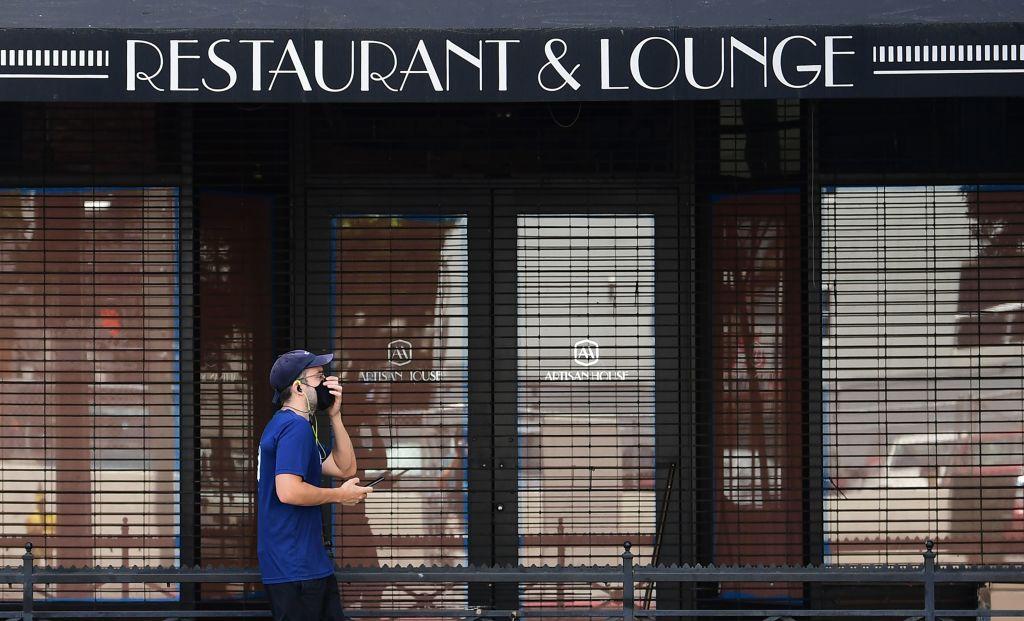Despite the pandemic hit to the economy, which has seen record unemployment as businesses shutter and demand falls, personal and business bankruptcies fell by 11.8 percent for the year ending in June, official government figures show.
Still, some industry experts characterize the current downtrend in bankruptcy filings as a lull before the storm, pointing to the dynamic following the Great Recession, which saw filings peak around two years after the outbreak of the crisis.





